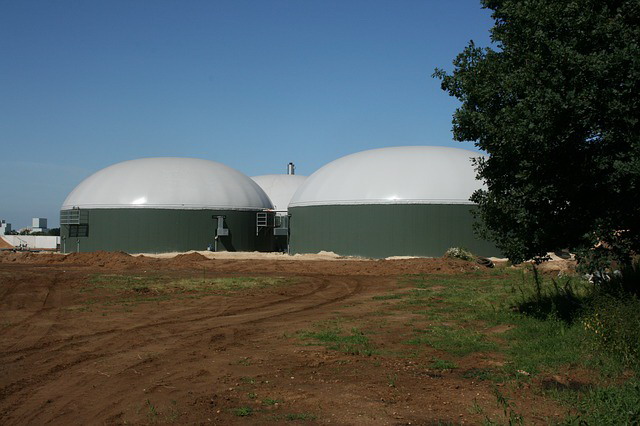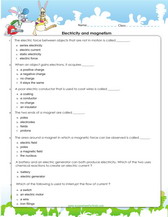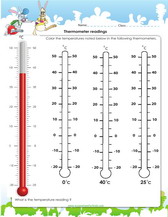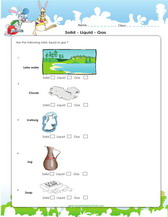Project For students On How to Make Biogas
Have you ever wondered what happens to trash in a landfill? It will probably end up buried under other trash. If you’ve thrown out organic material, such as fruit or veggies, it will rot without oxygen; this is known as
anaerobic decomposition
. Anaerobic means there’s no oxygen in the process, but how does this work? Well, there are bacteria that actually like to be in places without oxygen and they work to make the food decompose. When the organic material breaks down without oxygen around, methane and gases like carbon dioxide are released. These are biogases, and can be used as a source of energy. You’ll be learning how to make biogas by making your own anaerobic conditions and seeing what types of fruits and veggies make the most methane.
Question
What kind of fruits and vegetables make the most methane?

Materials
- 5 soda bottles
- 5 Mylar balloons
- Funnel
- Duct tape
- Permanent market
- Pureed blueberries
- Pureed onion
- Pureed lettuce
- Teaspoon
- Bleach
- Blender
- Kitchen scale
Procedure
- You’ll need to blend up the fruits and vegetables first. Puree ½ cup of blueberries, then puree ½ cup of onion. Use the kitchen scale to make sure you have the same amount of blueberries and onion.
- Puree lettuce leaves, make sure the weight is still equal.
- Puree another ½ cup of onion. Make sure the weight matches up to all the other weights. Set aside all of your pureed fruits and veggies.
- Label your bottles with a permanent market: “Control”, “Bleach”, “Blueberries”, “Onions”, and “Lettuce.”
- Take one batch of the pureed onion and add ½ teaspoon of bleach into the correct container. Fill the rest of it up with water. Put a Mylar balloon on the top and seal it to the bottle with duct tape. Be careful not to get any bleach on your skin, if you do, wash the area with soap and water.
- With the other bottles, use the funnel to put blueberries in one, onion in one, and lettuce in one. Fill each of them with water to the top and repeat the Mylar balloon step, securing it each time. With the final container, the “Control” container, leave it empty and secure a Mylar balloon to the top.
- Keep an eye on the balloons and take pictures regularly over the next week.
Results
The containers with the blueberries and onions will have their balloons inflate the most. After just a few days, the balloons will begin to deflate. Hope you liked this great Project For students On How to Make Biogas. | 3rd, 4th, 5th, 6th grades




